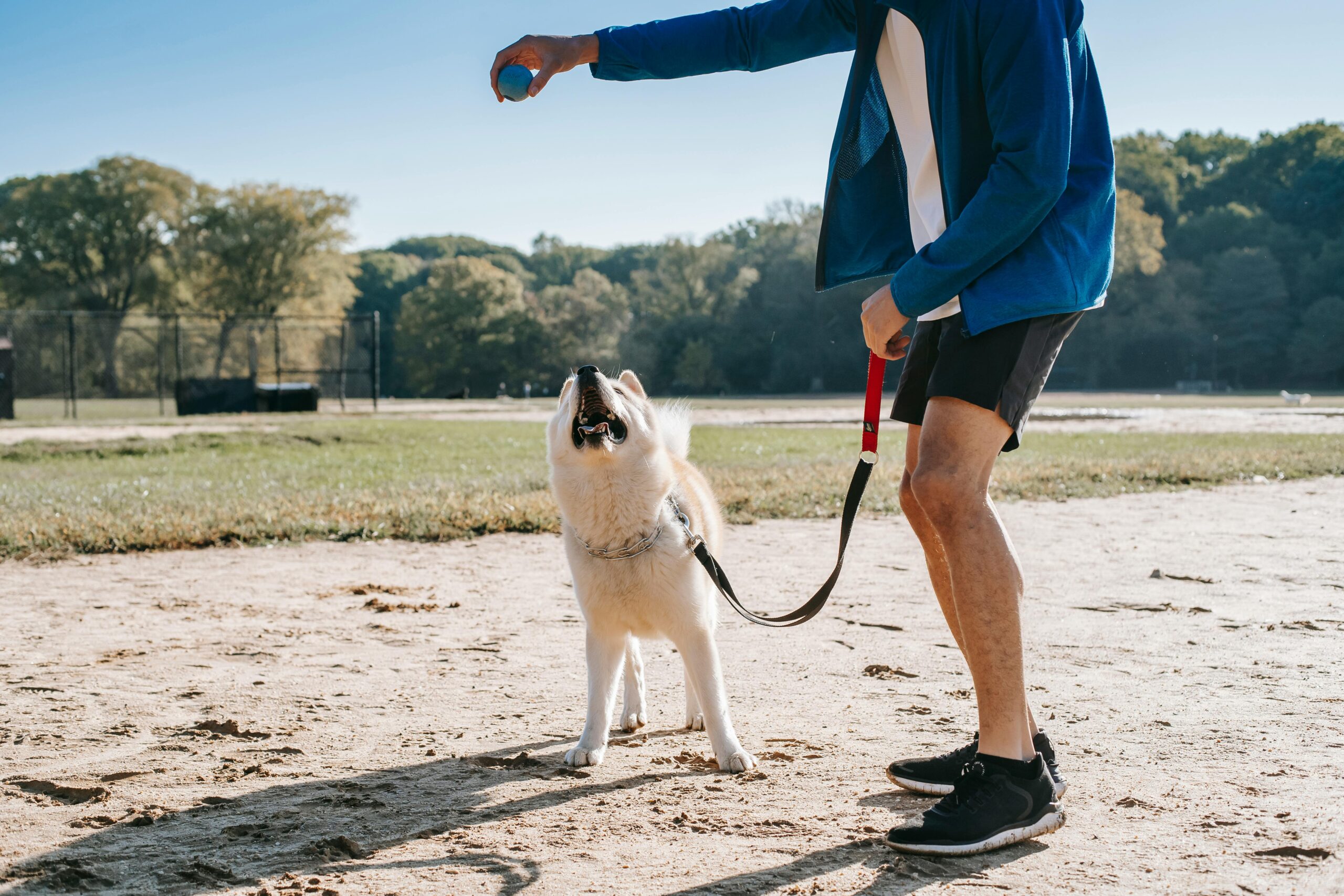CollarWise: A Positive Guide to Training Tools for Your Canine Companion.

The connection we share with our dogs is truly special. It’s built on trust, communication, and countless shared moments. One of our most cherished activities is the daily walk—a time to explore the world together. The right equipment, like a collar or harness, isn’t just a simple accessory; it’s a tool that helps us communicate clearly and kindly with our furry friends.
In the world of positive reinforcement training, our tools are chosen to enhance communication and ensure safety, never to cause discomfort or fear. Let’s explore some of the most popular and effective options that support a happy, healthy partnership.
The Foundation: It’s All About Positive Reinforcement
Before we look at the hardware, let’s remember the philosophy. Positive reinforcement training is about rewarding the behaviors we want to see. When your dog walks calmly by your side, a treat, a happy “Good dog!”, or a favorite toy reinforces that choice. This method builds confidence and strengthens your bond. The tools we choose should support this beautiful dialogue, making it easier for our dogs to understand what we’re asking of them.
Your Guide to Positive Training Tools
Think of these tools not as methods of control, but as aids for communication. The right one depends on your dog’s size, breed, temperament, and your specific training goals.
- The Flat Collar: The Everyday Classic
- What it is: A simple, flat band of nylon, leather, or other material that fastens with a buckle or clasp.
- Best for: Holding identification and registration tags, which is essential for every dog’s safety. It’s also great for casual walks with dogs who are already trained to walk politely without pulling.
- Positive Tip: A flat collar should be fitted correctly. You should be able to comfortably slide two fingers between the collar and your dog’s neck. It shouldn’t be so loose that it can slip over their head, nor so tight that it restricts breathing.
- The Martingale Collar: The Safety Net
- What it is: A collar made of two loops. When the dog pulls, the smaller loop gently tightens the larger loop just enough to prevent it from slipping off.
- Best for: Dogs who might back out of their collars, known as “escape artists.” It’s also great for breeds with narrow heads and thick necks.
- Positive Tip: The key to a Martingale is that it has a limit to how much it can tighten. When fitted properly, it will become snug but will not choke the dog. It simply provides a gentle, uniform pressure as a cue.
- The Front-Clip Harness: The Gentle Guide
- What it is: A harness that has a leash attachment ring on the front, right in the center of the dog’s chest.
- Best for: Dogs who tend to pull. When the leash tightens, the harness gently turns the dog back towards you, redirecting their forward momentum. This discourages pulling without putting any pressure on their sensitive neck.
- Positive Tip: A front-clip harness is a management tool that makes training easier. Pair its use with rewarding your dog every time they walk beside you on a loose leash. The harness prevents the pulling, while your positive reinforcement teaches the polite walking!
- The Back-Clip Harness: The Comfortable Cruiser
- What it is: A harness where the leash attaches to a ring on the dog’s back.
- Best for: Small dogs, well-trained dogs who don’t pull, and activities like hiking or jogging where you want your dog to have maximum freedom of movement.
- Positive Tip: For very strong, untrained pullers, a back-clip harness can sometimes trigger an opposition reflex (like sled dogs!), so it’s best used once your dog has a good foundation in loose-leash walking.
General Do’s and Don’ts for Any Training Tool
To get the most out of your chosen equipment and keep training positive, keep these simple guidelines in mind.
DO…
- ✅ DO check the fit regularly. Puppies grow quickly, and adult dogs can gain or lose weight. Ensure collars and harnesses are always fitted properly for safety and comfort.
- ✅ DO pair the tool with lots of positive reinforcement. The equipment is an aid, but the real magic comes from you rewarding your dog for walking calmly and politely.
- ✅ DO create a happy association. When introducing a new harness or collar, use treats and praise to make it a fun and positive experience.
- ✅ DO observe your dog’s body language. They should seem comfortable and relaxed. If they are chafing or seem stressed, reassess the fit or type of tool.
DON’T…
- ❌ DON’T rely on the tool to do all the work. A harness can help manage pulling, but it won’t teach your dog to walk nicely on its own. That comes from consistent training and reinforcement.
- ❌ DON’T ever yank, jerk, or pop the leash. This can injure your dog’s neck and breaks down the trust you’re working so hard to build. Communication should be gentle.
- ❌ DON’T leave training equipment on an unsupervised dog. Harnesses can get snagged, and certain collars pose a risk if not monitored. A simple flat collar with ID tags is safest for around-the-house wear.
- ❌ DON’T think one tool is a magic bullet. Every dog is an individual. Be patient and focus on the training process and your relationship above all else.
Choosing the Right Tool: A Simple Checklist
When selecting any piece of equipment, ask yourself these simple, welfare-focused questions:
- Does this tool support clear and gentle communication?
- Is my dog comfortable and happy wearing it?
- Does it help me teach my dog what I want them to do?
A tool should never rely on causing pain, fear, or startle to work. The goal is a joyful partnership, and the equipment we use is a direct reflection of that goal.
By choosing wisely, we turn every walk into an opportunity to strengthen our bond and explore the world side-by-side.
Happy Training!
Get In Touch
+91 90000 04099
connect@progressivecanines.com
Survey 41/42, Inside the Wilderness Retreat Resort, Beside CBIT College, Kokapet, Gandipet, Hydrabad – 500075
